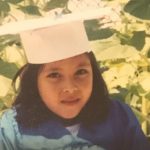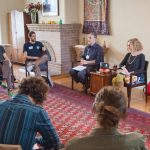We Are Healers: Stories to inspire American Indian youth
Erik Brodt wants to see more American Indians enter the health professions, where they’re disproportionally underrepresented. He’ll deliver a keynote address at Medicine X | ED 2017.
In his first two decades, Erik Brodt, MD, got to know two very different worlds. The first: life around Bemidji, MN and the White Earth Indian Reservation, where his grandparents lived and where he spent his summers. The second: American Indian culture as represented in the wider national consciousness.
On screen, that manifested as fanciful, throwback archetypes — the fierce warrior mascot, the hyper-sexualized earth mother — and poverty porn: images of dysfunction, alcoholism, addiction.
Off screen, it was more a matter of absence. Brodt saw relatively few American Indians at Bethel College, where he went to school. He saw few in professional or policy-making fields. And, through childhood and adolescence, he saw none as doctors. (He remembers the date he encountered his first: June 5, 2001.)
That’s an obvious problem — injustice perpetuating injustice.
“It’s really difficult to become something if you’ve never seen it before,” Brodt says.
Today, as a practicing physician and president of We Are Healers, Brodt is working to change that paradigm for new generations, putting storytelling and digital media to work to show American Indian kids more accurate images of what they are and what they might become.
He’s also part of a national effort to bring more of them into the health professions, where they’re disproportionally underrepresented. This includes encouraging a different approach to admissions, where too often, Brodt says, the same kind of student “recipe” is valued. American Indians made up only 0.3 percent of accepted U.S. medical school applicants in 2015.
“When I look at kids from American Indian communities, I don’t think, ‘Oh my gosh, I feel so bad for these kids,’” Brodt says. “I see extended kindship, different ways of being, the prioritization of community over individualism.”
Whether it’s the experience of caring for grandparents as a young child — tending to diabetic feet in the morning or helping the nurse during a home visit — or holding a ceremonial position within a tribe, “that just gives you a totally different understanding of how things are, or how they could be,” Brodt says.
-
[…] We Are Healers: Stories to inspire American Indian youth @ Stanford Medicine X. So excited to attend! […]
Leave a Comment







Thank you for the beautiful article. I would like to know his thought about First Nations children committing suicides…